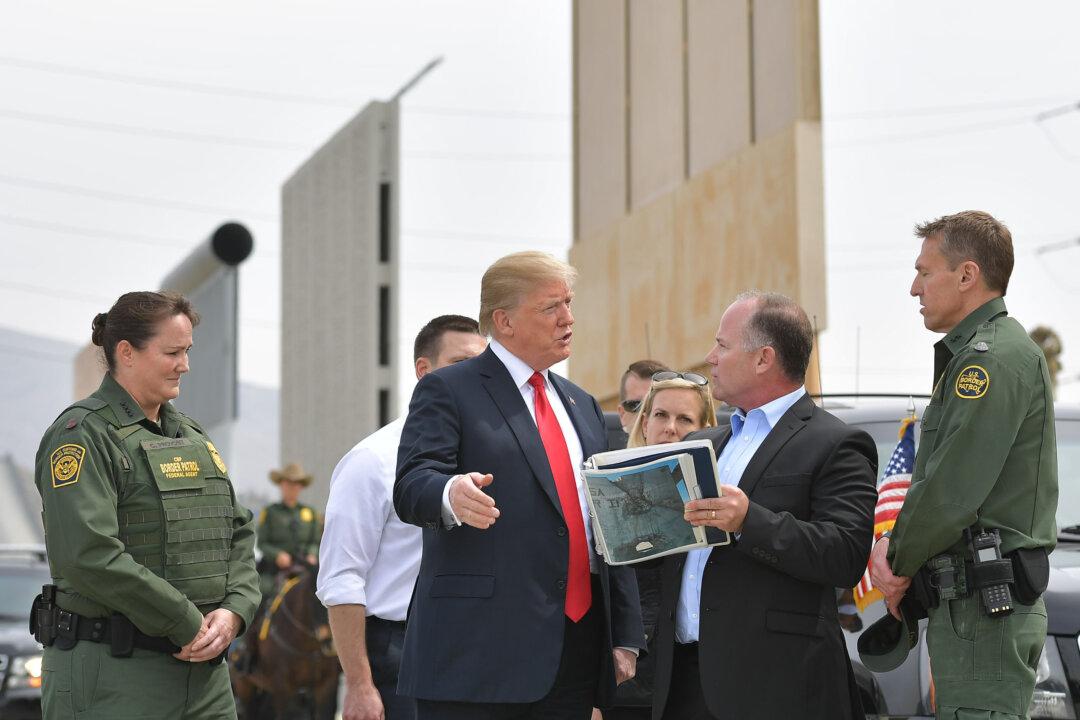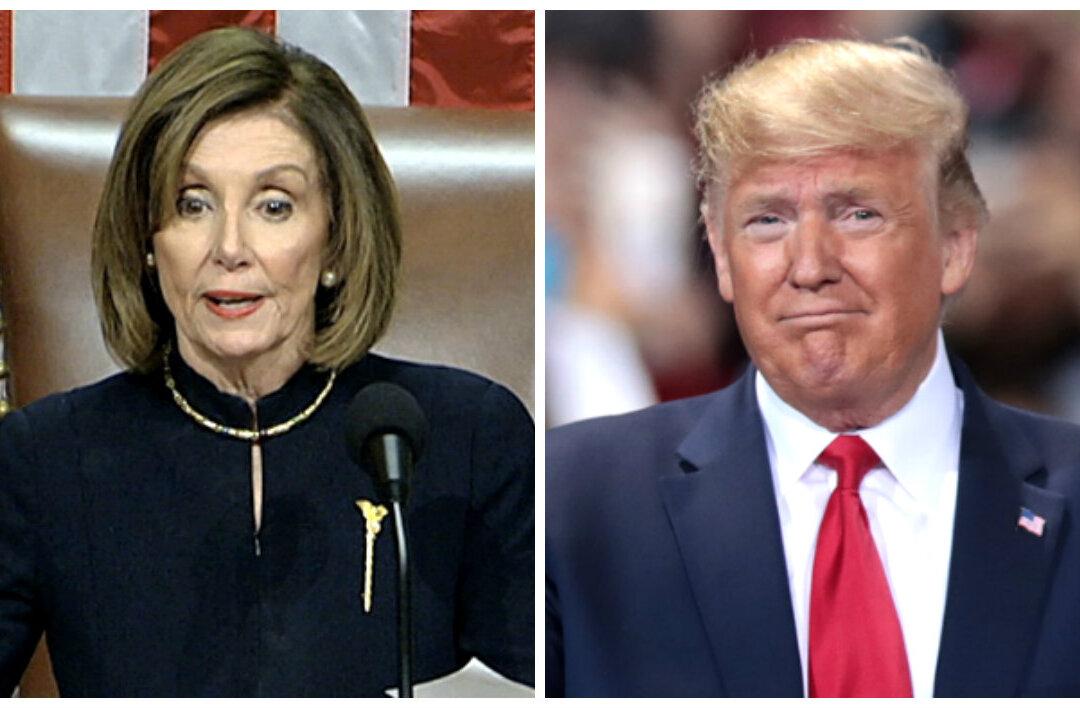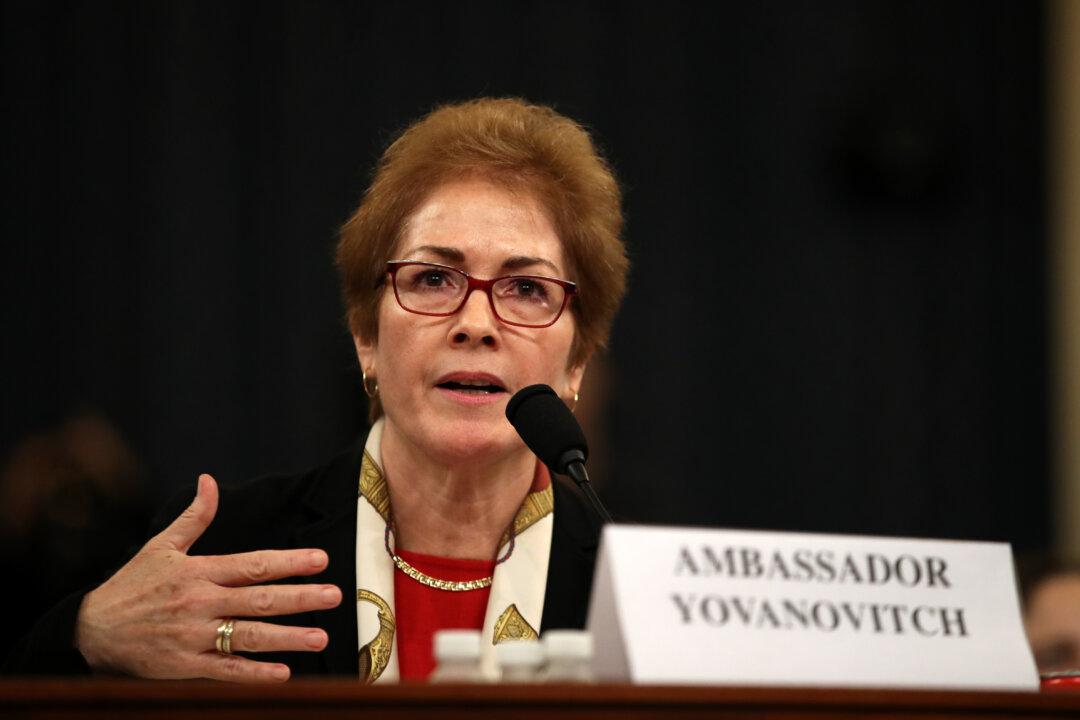WASHINGTON—The White House has put $8.6 billion in its budget for a border wall for fiscal year 2020, enough money to build around 300 miles of wall on the southwest border.
Acting Secretary of Homeland Security Kevin McAleenan told a House Appropriations subcommittee on April 30 that the White House is seeking $5 billion of that for the Department of Homeland Security (DHS), from which he said approximately 200 miles could be built. Combined with funding from the Department of Defense, he’s hoping to get $8.6 billion to build roughly 300 miles of new wall, he said in written testimony.





